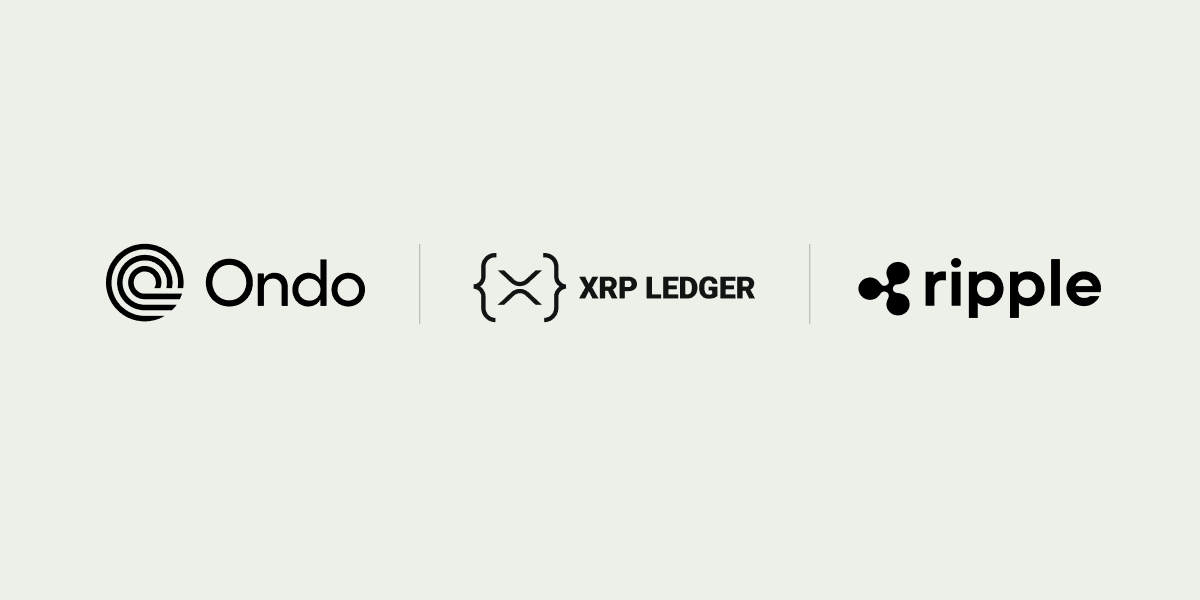Global leaders—across sectors—are increasingly turning their attention to the existential threat posed by climate change. Achieving climate goals set forth by the Paris Climate Agreement requires cross-industry collaboration to remove more than 50 billion tonnes of carbon from the earth’s atmosphere. The result, if left unaddressed, is a global temperature increase of more than 1.5 degrees Celsius.
That’s why Ripple is committing $100 million to help modernize and scale carbon markets and accelerate the supply of new, permanent, high-quality carbon removal. Building on our sustainability efforts, this investment aims to evolve global carbon markets to accommodate surging supply and demand while achieving globally agreed-upon climate goals.
“Our $100 million commitment is a direct response to the global call to action for companies to help address climate change by deploying resources including innovative technology, strategic capital and talent. While reducing emissions and transitioning to a low-carbon future are paramount, carbon markets are important for meeting climate goals. Blockchain and crypto can play a catalytic role in allowing carbon markets to reach their full potential bringing more liquidity and traceability to a fragmented, complex market,” said Brad Garlinghouse, CEO of Ripple.
Carbon offsets are expected to skyrocket to $550 billion by 2050 as the world works toward a more sustainable future. However, today’s carbon markets struggle to keep up with exploding demand for higher-quality, transparent and impactful carbon-removal products. Existing carbon market infrastructure suffers from supply bottlenecks, slow time to market, opacity, a lack of fair and equitable price discovery, and even fraud. Enter blockchain and crypto: two emerging technologies poised to play a key role in scaling carbon markets by addressing many of the market’s most significant pain points.
How Crypto and Blockchain Can Unlock Value in Carbon Markets
Blockchain and crypto can unshackle carbon markets by accommodating new forms of value that are more scalable, transparent, traceable and verifiable. Whether individual farmers, networks of farms, companies or NGOs, suppliers can take advantage of blockchain’s tokenization capabilities and open, decentralized governance to more easily originate and validate new products and bring them to market. Tokenization can also create more value for buyers, driving more accurate prices of which a fairer share can be returned to suppliers. Successful models can then be replicated and scaled to accelerate progress toward climate goals using blockchain and crypto.
Through our $100 million investment, Ripple will fund key sustainability initiatives, including:
Building an inventory of high-quality carbon credits to capitalize on the most impactful and scalable carbon removal solutions.
Investing in carbon-removal technology companies and market makers like
Xange.com, CarbonCure and Invert to unlock value for buyers and suppliers using blockchain and crypto.
Supporting new functionality and developer tools focused on certified carbon credit NFTs to guarantee an offset on the XRP Ledger.
Continuing to partner with the world’s leading climate and conservation organizations to bring new climate solutions to market.
Collaborating with standards organizations and carbon offset projects to streamline carbon credit metadata such as its project origin, geography, and methodologies used by carbon credit NFTs on blockchains like the carbon-neutral
“Tokenizing carbon credits can play a vital role in scaling carbon markets to meet growing demand while ensuring existing markets' credibility, integrity, and transparency. Several carbon removal projects and fintechs are already building on the XRPL to bring new climate solutions to market. By bringing blockchain to global climate initiatives, the industry can more quickly verify and certify NFT carbon credits, eliminate the potential for fraud, and even guarantee the offset is actually removing carbon for the long term,” says Monica Long, General Manager of RippleX at Ripple.
Doubling Down on Sustainability
Today’s investment is another step toward furthering our commitment to sustainability. In 2020, Ripple announced plans to achieve carbon net-zero by 2030 or sooner. We also worked with Energy Web and the XRP Ledger Foundation to decarbonize the XRPL—the first major blockchain to do so. More broadly, Ripple is working alongside key climate players—such as Rocky Mountain Institute and the Alliance for Innovative Regulation—with which we co-founded the Crypto Climate Accord to move the crypto industry toward 100% renewable energy use and net-zero emissions. Ripple is also a founding member of the World Economic Forum’s Crypto Impact and Sustainability Accelerator (CISA).
“To address the climate crisis, we need all hands on deck. Growing the market for high-quality carbon removal and reductions - like what we provide here at CarbonCure - is a key part of the solution,” said Robert Niven, Chair and CEO of CarbonCure Technologies. “Ripple’s strategic investments will have a significant impact on advancing carbon removal innovations, improving carbon credit delivery and growing global carbon market tools and solutions. We applaud Ripple’s leadership in ensuring transparency and verification in this rapidly expanding field.”
“As efforts to decarbonize the global economy increase, demand for carbon credits will only increase. The industry needs to evolve its existing infrastructure and verification methodologies to address our climate needs. Xange.com offers market infrastructure solutions that facilitate the development of ecological projects, the measurement of ecological benefits and the registration of corresponding carbon credits. To achieve this, Xange.com chose the XRP Ledger, given its performance, scalability and inherently green attributes, to build its carbon credit verification, tokenization and exchange functionality.”
For more information on Ripple’s commitment to sustainability, visit Ripple Impact.







